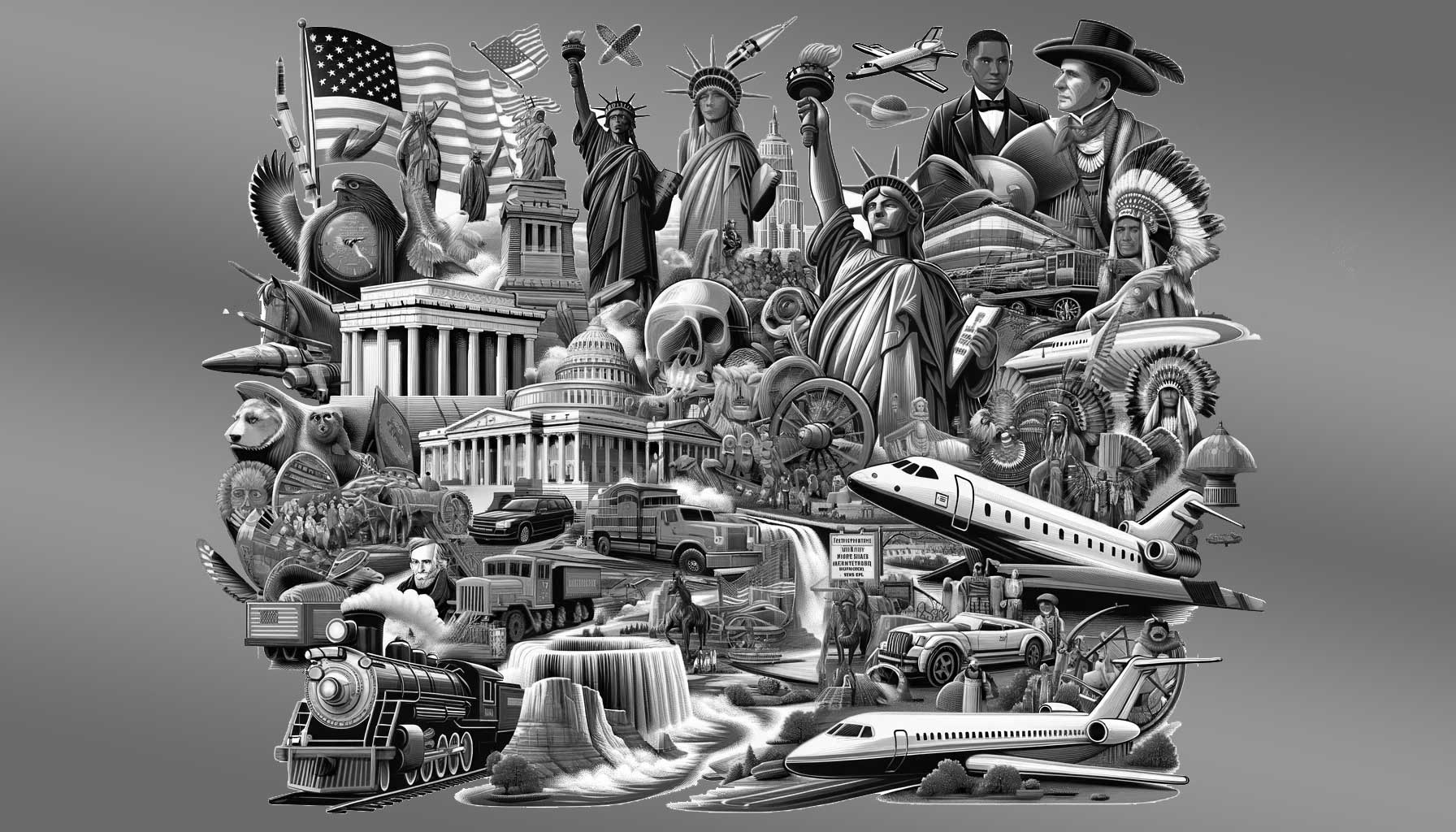Flashback to December 26
American History

In the annals of American history, the event marking the first meeting of the US Congress in Washington D.C., on November 17, 1800, presents a cornerstone in the country’s governance move to a permanent capital. Prior to this date, the Congress moved between different cities including Philadelphia and New York City. Creating a succinct and unique narrative of this historical event introduces a rich tableau of intertwining stories, and political visionaries who helped shape the founding legacy of the United States.
Establishing the American democratic experiment has emerged through a plethora of iconic events, and its early milestone, such as the US Congress’s first meeting in Washington, D.C, becomes an integral part of this story. The journey through this inaugural congregation unfolds an epic saga of planning, negotiation, stakes, and political decision-makers like President John Adams and his predecessors George Washington and Thomas Jefferson.
President Adams takes center stage in the narrative as the first occupant of the White House or the President’s House, as it was then known, arriving on November 1, 1800. Meanwhile, the construction efforts for the Capitol building were still ongoing, spelling the grandeur and majestic vision that forefathers had for the American democracy’s temple.
Compelling indications of this influential event derive from records of the date, as November 17, 1800, became a landmark with the first meeting of the US Congress in Washington, D.C. The monumental occurrence represented not just an organizational relocation to a new designated city but also a symbolic consolidation of the American federation’s governing hub.
Furthermore, November 17, 1800, cemented the foundational move of shifting the locus of power from varied cities to the well-thought-out designed capital, Washington D.C. It was a profound physical manifestation of the foresight and persistence of our founding fathers who sought to create a beacon of democracy for the world, heralding a new epoch in global politics.
The meeting was more than just the convening of Representatives and Senators at the Capitol; it was a testament to the outcome of the Residence Act of 1790. This act had outlined the establishment of a new permanent capital around the shores of Potomac River in a district that was not falling under any state, thus affirming the federal presence distinctly.
The consequences of this early meeting in Washington, D.C., can be felt even today, as it marked the official political grounding of the United States of America. It signaled the initiation of an era of relentless commitment to principles of fairness, representation, and democratic order.
The value of understanding and appreciating the first Congress meeting extends beyond mere observation or commemoration. Designed for prominence on the global stage, Washington D.C continues to hold its position as a vital symbol of American potency and determination. The first congressional rendezvous in the designated capital stands as a beacon of the democratic principle, sizeably painting the historical canvas of the United States.
From the deliberations in the Capitol building to the surroundings streets laid out by Pierre Charles L’Enfant, Washington, D.C., embodies the history, tenacity, and underpinnings of the American democratic voyage. The architecture, the layout, and the spirit of the city reflect the bold vision of the framers that was set in motion with the first Congress meeting on November 17, 1800.
We strive for accuracy. If you see something that doesn't look right, click here to contact us!
Sponsored Content

US forswears armed intervention…
On December 26, 1933,…

Wood-pulp paper first exhibited,…
Experience the historic milestone…

American Revolution: The British…
Experience the pivotal moments…

Harold B Lee, US…
"US Mormon Church leader,…

Maiden voyage of first…
Commodore Cornelius Vanderbilt set…

Federal government took over…
On December 26, 1917,…

